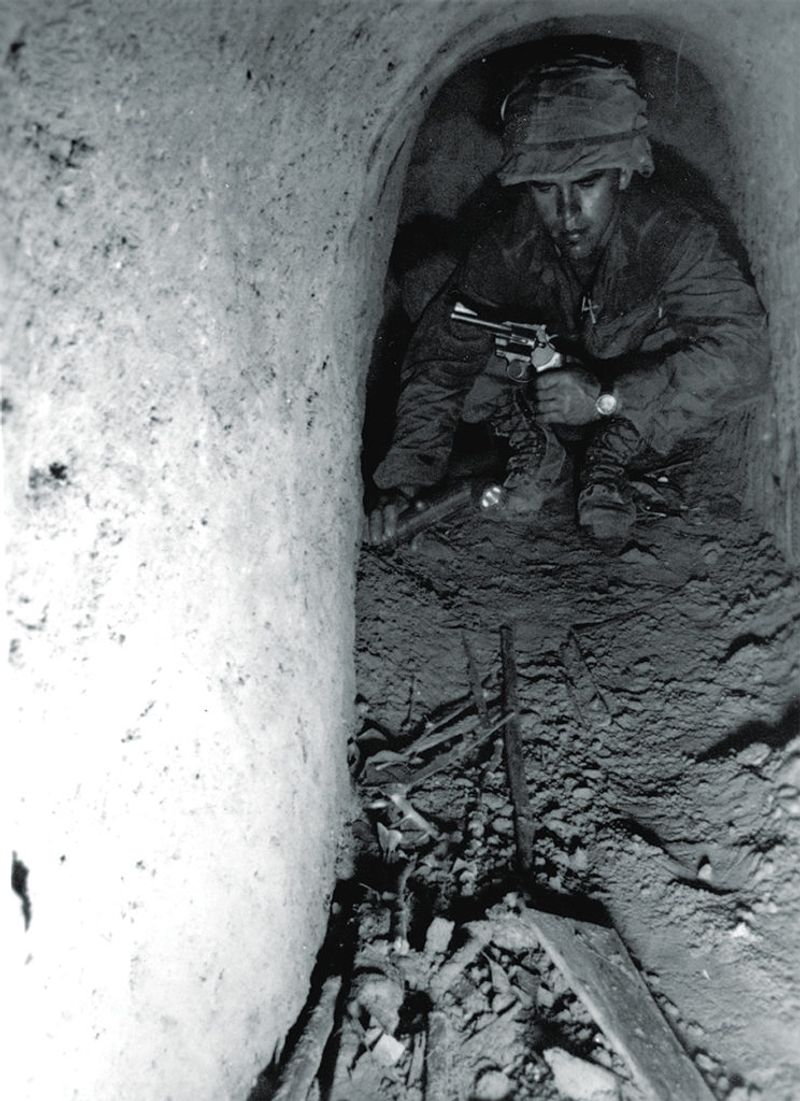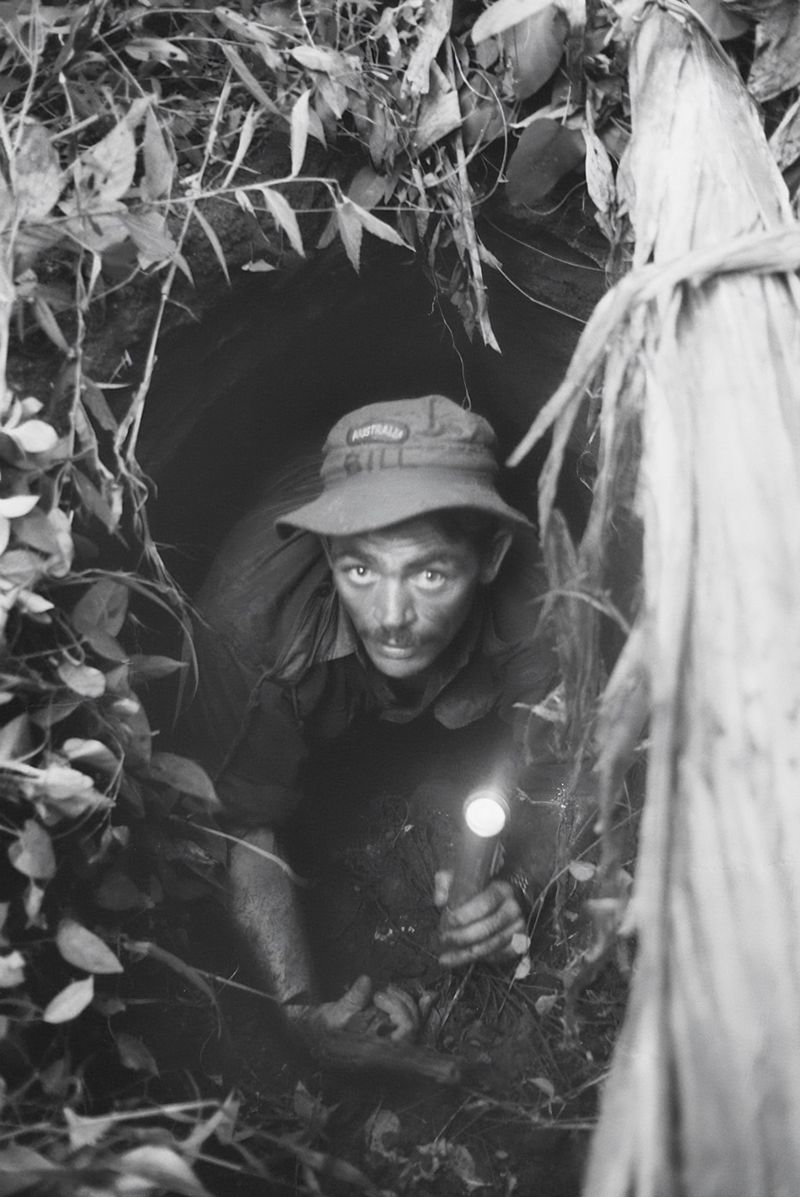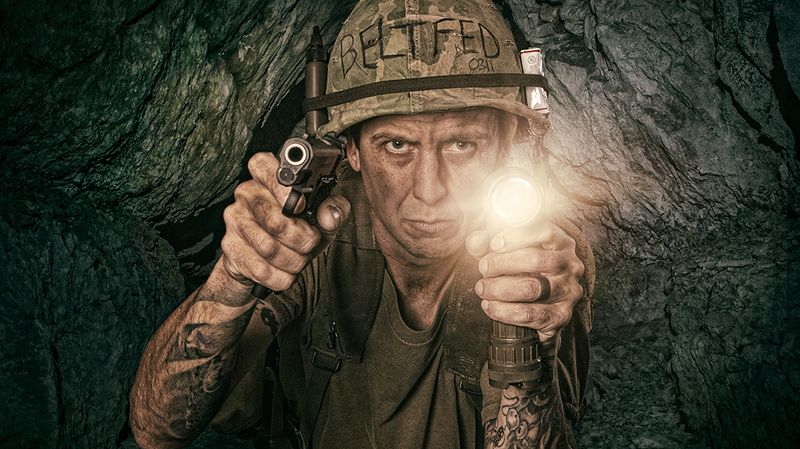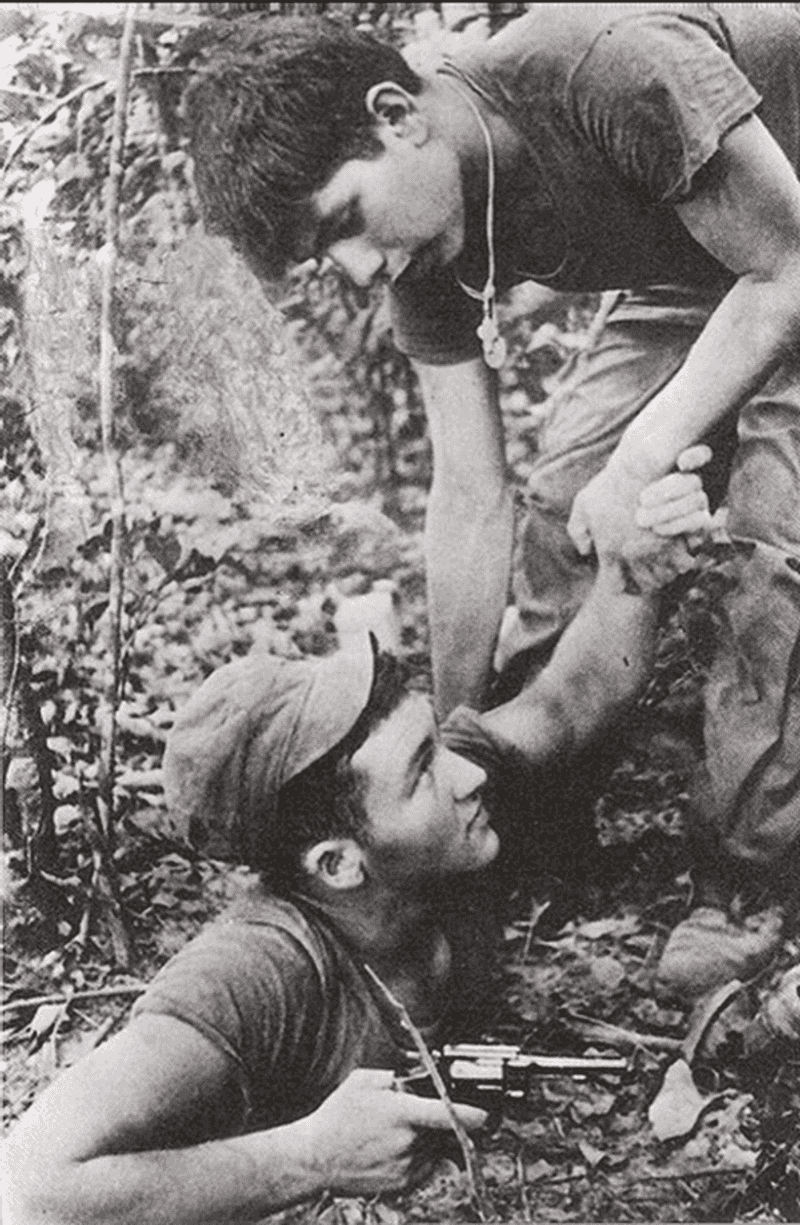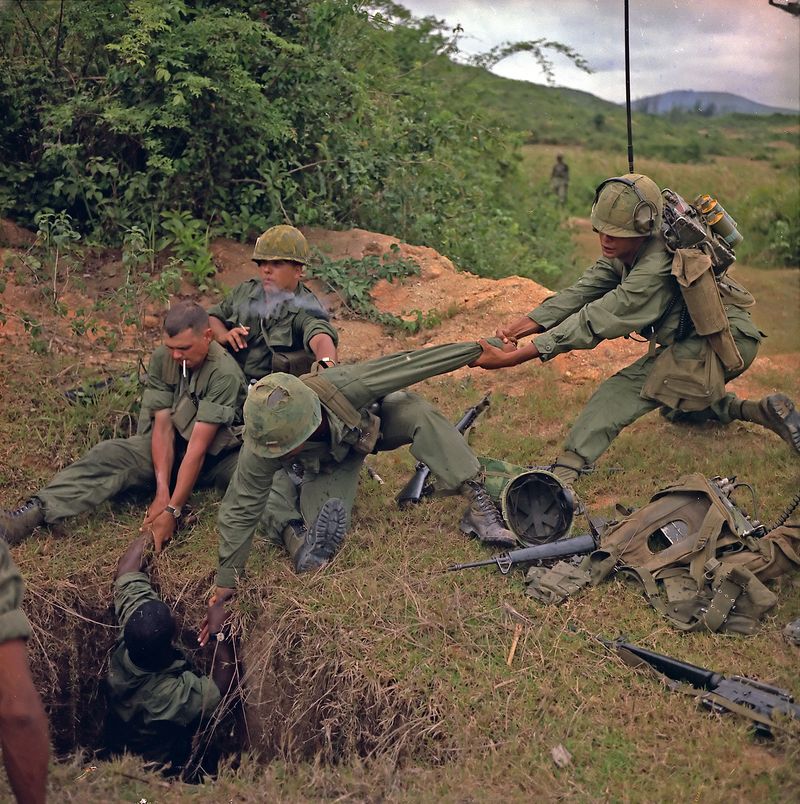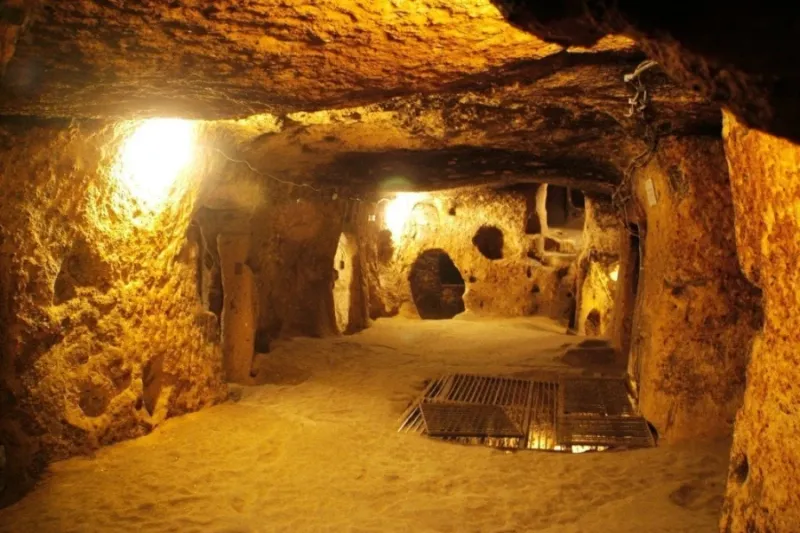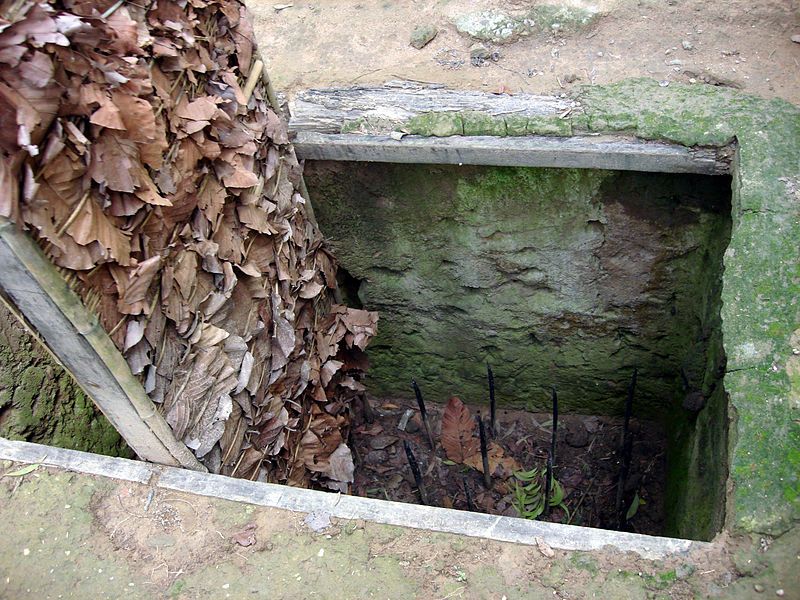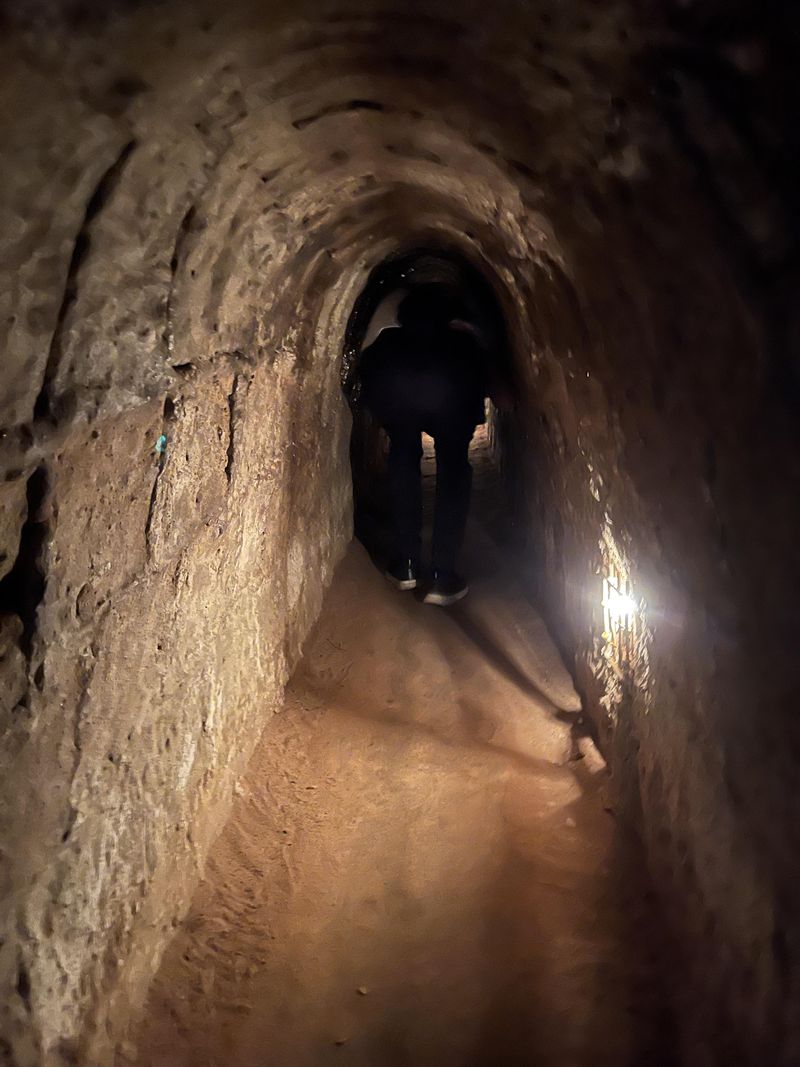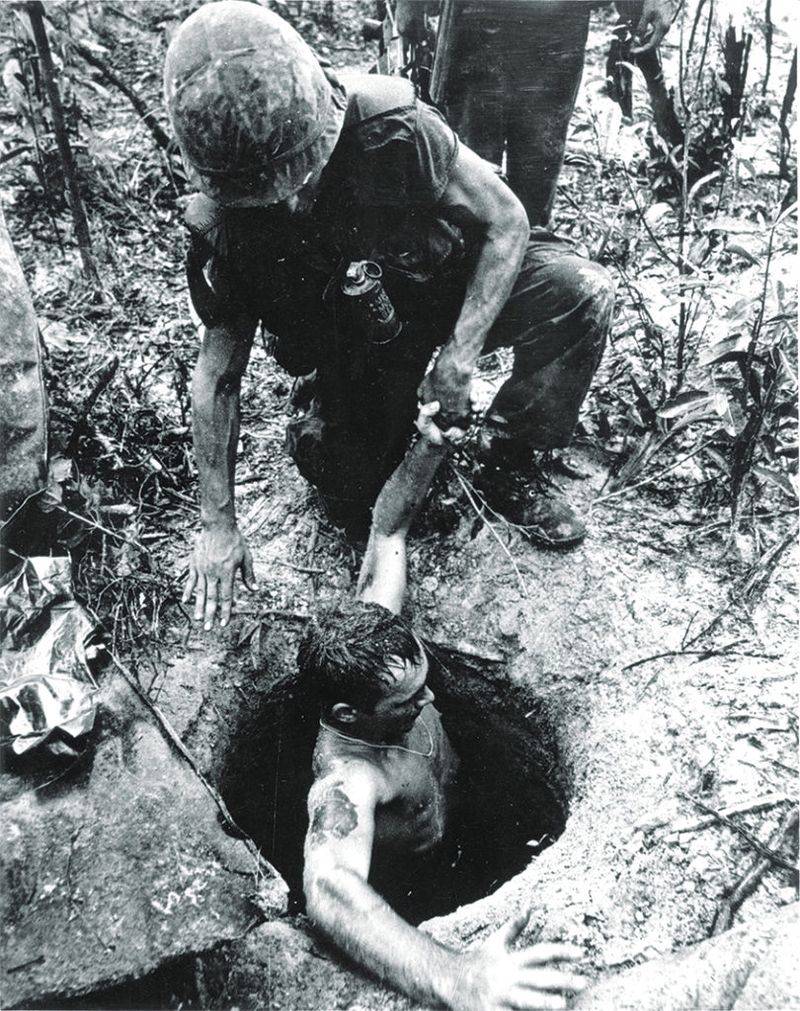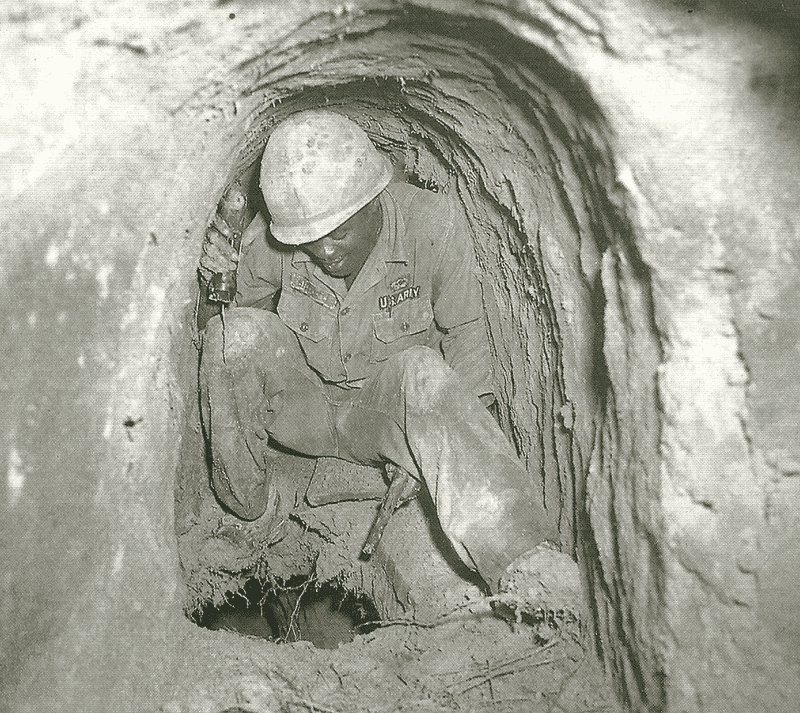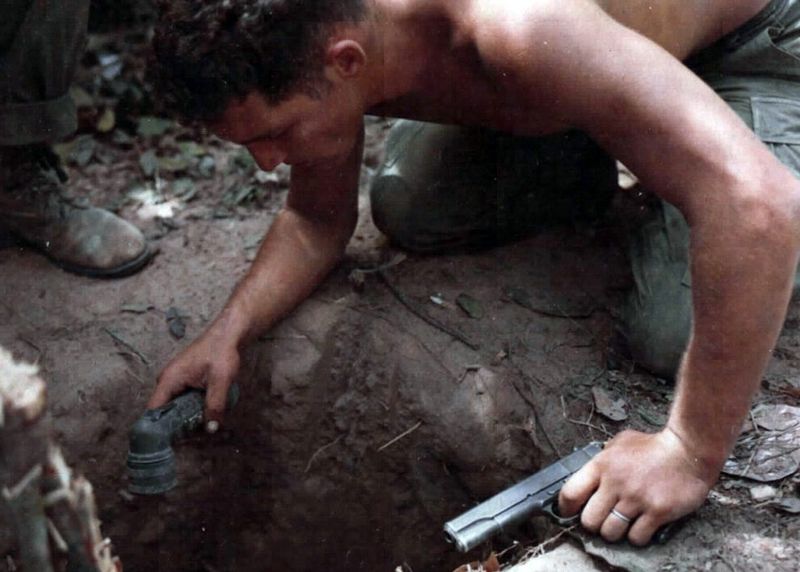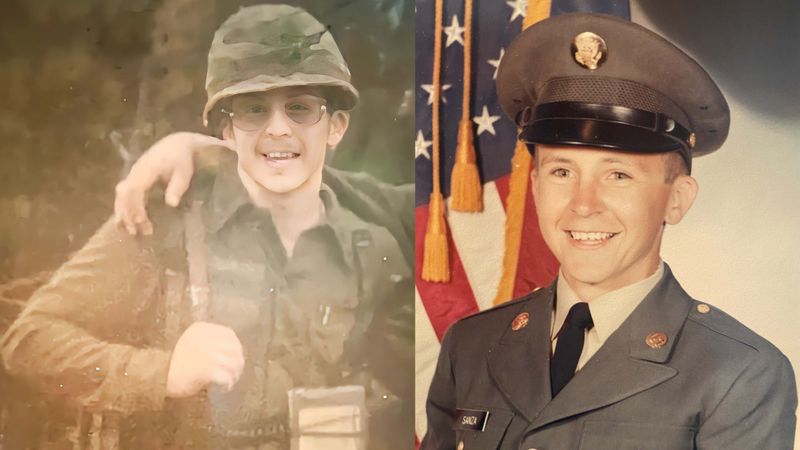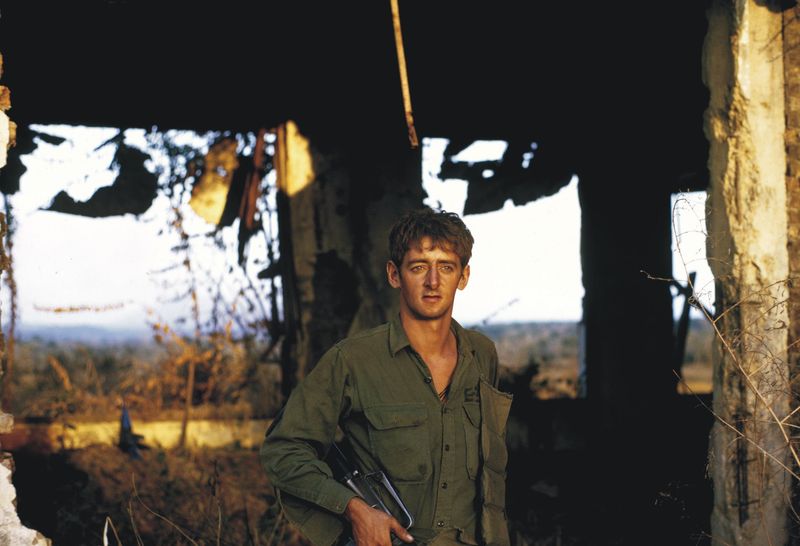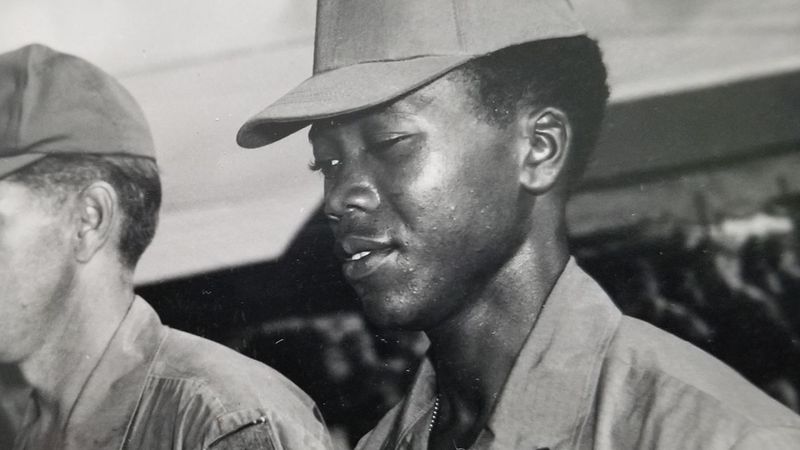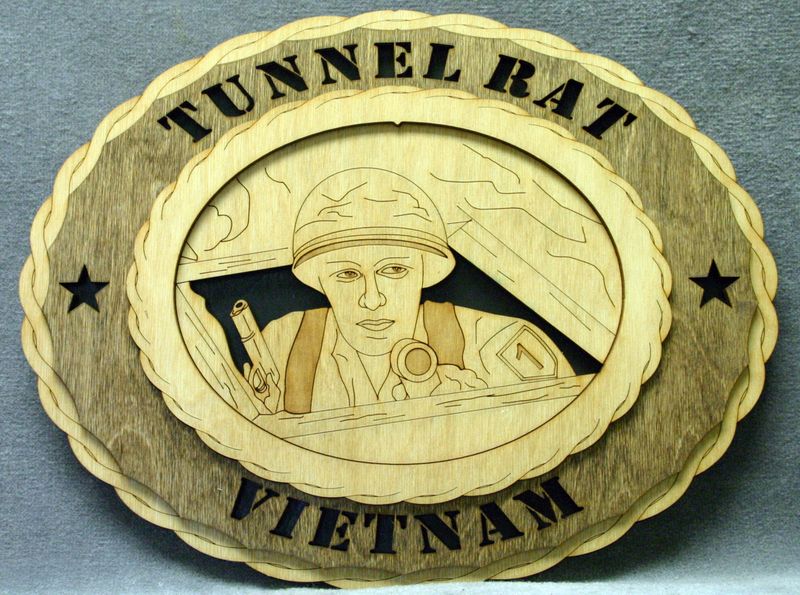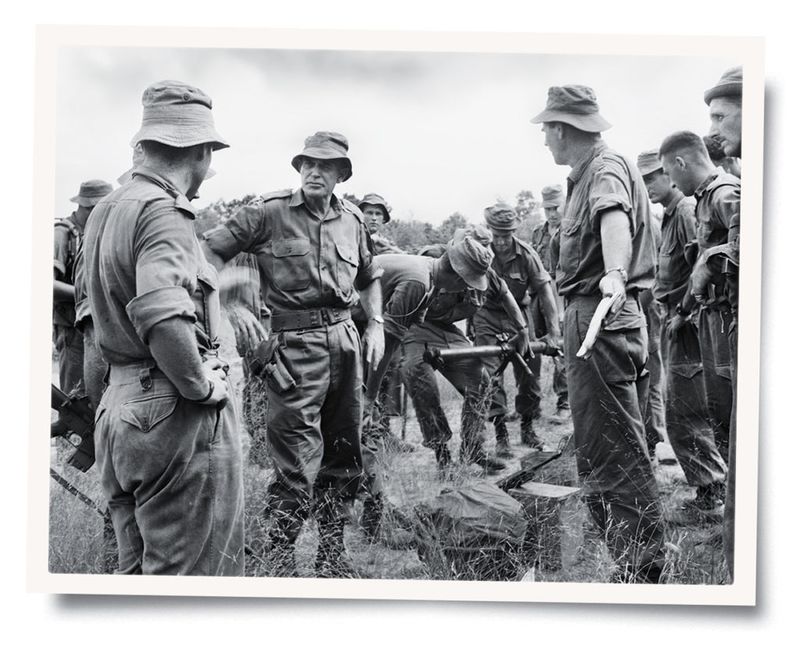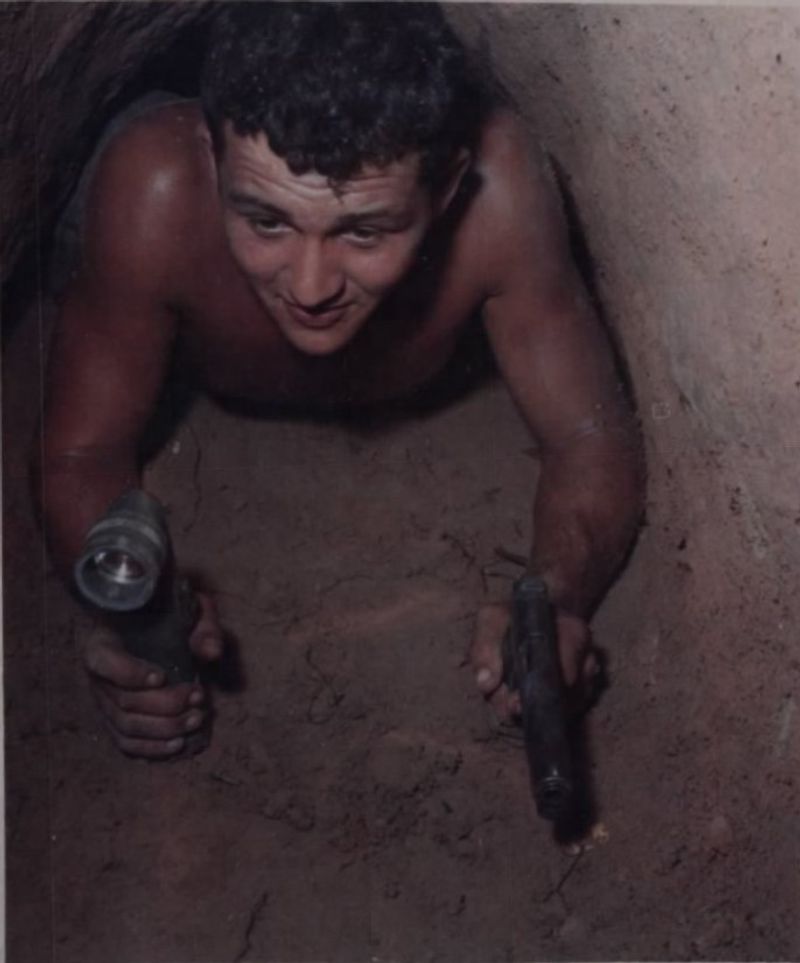The Vietnam War’s tunnel rats embarked on perilous missions beneath the jungle, facing unimaginable dangers that were largely unrecognized.
These brave men navigated dark, cramped tunnels, battling not only the Viet Cong but also the limitations of their own courage and sanity.
With only basic equipment and their instincts, these soldiers volunteered for one of the most dangerous roles in the war, leaving a legacy that remains largely forgotten.
Explore these remarkable truths about the tunnel rats’ harrowing experiences, which reveal the depth of bravery and sacrifice hidden beneath the Vietnam landscape.
1. They Volunteered for the Job—Despite Knowing It Was Nearly Suicide
Choosing to be a tunnel rat meant accepting a likely fatal fate. These volunteers, often the smallest and most agile men in their units, knew they were signing up for one of the war’s deadliest assignments.
Imagine having the courage to enter cramped, dark, booby-trapped tunnels, armed with little more than bravery. These men pushed themselves beyond limits, spurred by a sense of duty and camaraderie.
It wasn’t just physical danger they faced, but the mental strain of knowing every mission could be their last. Yet, they went forward, driven by an unyielding spirit.
2. They Faced Booby Traps at Every Turn
Every step a tunnel rat took could mean life or death, as the Viet Cong ingeniously filled tunnels with lethal traps. From bamboo spikes to grenades, the threat was constant and terrifying.
These traps were designed to maim or kill, hidden in the most unexpected places. Tunnel rats had to develop an acute sense of awareness, learning to detect the slightest disturbances in the earth.
Survival required not only physical agility but mental acuity, as one wrong move could spell disaster. Their bravery in facing these deadly obstacles was nothing short of heroic.
3. Their Only Light Was a Flashlight and Instinct
Navigating pitch-black tunnels armed with just a flashlight demanded extraordinary nerve. Tunnel rats had to trust their instincts, with visibility often limited to mere inches ahead.
The dim light added a layer of danger, making every movement a potential encounter with the unknown. Their ability to adapt to such darkness showcased not only physical courage but mental resilience.
This lack of light forced them to sharpen their senses, transforming fear into focus. It’s hard to imagine the mental fortitude required to face such depths of darkness with only a flickering beam.
4. They Carried Little More Than a Pistol and a Knife
In the tight confines of the tunnels, heavy weapons were impractical, so tunnel rats carried only a .45 pistol and a knife. This minimal gear forced them to rely on skill and quick reflexes.
Imagine the pressure of knowing your life depended on such simple tools. Their training and courage were tested to the extreme in the confined, hostile environments.
The choice of weapons highlighted their reliance on stealth and precision over brute force. This approach underscored the unique challenges they faced, operating in spaces where every movement mattered.
5. Claustrophobia Was Not an Option
Tunnel rats faced extreme claustrophobia, navigating spaces where even crawling was a challenge. The tunnels were often so narrow and low that turning around was impossible, amplifying the psychological strain.
In these conditions, panic was not merely inconvenient but potentially fatal. They had to conquer not only the physical confines but the mental barriers as well.
This meant mastering their fear, focusing on the mission, and trusting their abilities. Their calmness and composure in such anxiety-inducing environments were a testament to their remarkable mental strength.
6. The Viet Cong Knew the Tunnels Better Than Anyone
The Viet Cong had the homefield advantage in the tunnels, knowing every twist and turn intimately. This familiarity allowed them to set deadly ambushes for the tunnel rats, who entered as strangers in a lethal maze.
The advantage the Viet Cong held was stark – they could move silently, set traps, and disappear into the shadows. Tunnel rats had to develop an acute awareness of their surroundings, trusting in their training and instincts.
In facing an enemy with such intimate knowledge of the terrain, their bravery and determination were constantly tested.
7. Poisonous Creatures Were Common Down There
Snakes, scorpions, and other creatures were used as natural weapons by the Viet Cong, adding another layer of danger. These creatures weren’t just threats; they were strategically placed to surprise and incapacitate.
Tunnel rats had to be alert for these unexpected adversaries, adding a creepy, crawly dimension to an already perilous mission. Their ability to manage fear and remain focused amid such threats underscored their extraordinary courage and adaptability.
Each encounter required quick reflexes and steady nerves, transforming the tunnels into a living, breathing hazard beyond just human enemies.
8. Tunnel Systems Could Stretch for Miles
The tunnel systems were marvels of wartime engineering, stretching for over 120 miles and containing everything from hospitals to barracks. This vastness meant tunnel rats faced an overwhelming labyrinth, each passage a potential dead end or deadly trap.
Navigating these networks required not just bravery but strategic thinking and spatial awareness. The complexity of these systems was a testament to the resourcefulness of the Viet Cong, who used them to hide and launch surprise attacks.
The ability of tunnel rats to disrupt these intricate systems showcased their critical role in the conflict.
9. One Wrong Step Could Trigger Instant Death
The tunnels were rigged with hidden dangers that could be triggered by the slightest touch. Tripwires and booby-trapped doors were commonplace, making every step a calculated risk.
Tunnel rats had to develop an almost supernatural vigilance to detect these invisible threats. Their lives depended on a delicate balance of caution and courage, each mission a high-stakes game of chance.
The ever-present threat of instant death required them to remain perpetually alert, showcasing their resilience and determination. The psychological weight of this responsibility was immense, highlighting their extraordinary bravery.
10. They Often Fought in Complete Darkness
Gunfights in the tunnels were often fought in complete darkness, with enemies just inches away. The chaos and confusion of these encounters tested the nerves and skills of tunnel rats like no other battlefield.
Without light, they relied entirely on instinct and training, reacting to sounds and movements in the dark. These close-quarters battles were brief but intense, demanding split-second decisions.
The ability to remain composed under such conditions highlighted their exceptional courage and adaptability. The darkness was both an enemy and an ally, amplifying the tension and stakes of each confrontation.
11. Gas Attacks Were a Constant Threat
The fear of poison gas attacks was a constant, forcing tunnel rats to carry primitive gas masks or hold their breath in sealed areas. This ever-present threat added psychological pressure, testing their endurance and resilience.
Gas attacks could come without warning, turning the air deadly and adding another layer of complexity to their already challenging missions. The inadequate protection provided by the masks made every encounter with potential gas more frightening.
This constant vigilance against an invisible enemy was a testament to their grit and determination, highlighting the extreme conditions they endured.
12. The Air Was Toxic and Hot
Tunnel rats contended with toxic air filled with dust, mold, and gunpowder, making breathing a constant struggle. The lack of ventilation turned the tunnels into suffocating hotboxes, where every breath felt heavy and labored.
These harsh conditions tested their physical limits, adding another layer of difficulty to their missions. The oppressive heat and poor air quality required immense stamina and resilience.
Despite these challenges, they pressed on, driven by determination and duty. The ability to function in such inhospitable environments underscored their exceptional courage and endurance, demonstrating the extreme nature of their role.
13. No Backup Was Coming
Once inside the tunnels, tunnel rats were completely on their own, with no backup and rescue nearly impossible. This isolation magnified the dangers they faced, as any mistake or injury could be fatal.
They had to rely solely on their wits and training, knowing that help was not an option. This lack of support required immense self-reliance and courage, highlighting the solitary heroism of their missions.
The stakes were incredibly high, with every decision potentially life-altering. Their ability to operate under such conditions showcased their remarkable bravery and fortitude in the face of overwhelming odds.
14. They Were Often Teenagers
Many tunnel rats were just teenagers, barely out of high school, thrust into the horrors of war. Their youth added a poignant dimension to their bravery, as they faced dangers beyond their years.
These young men displayed courage and maturity far beyond their age, stepping into roles that tested them physically and mentally. Their ability to handle such extreme stress and responsibility at such a young age was remarkable.
This youthful determination was both a testament to their spirit and a tragic reminder of the cost of war. Their stories are both inspiring and heart-wrenching.
15. They Found Horrifying Scenes Inside
Inside the tunnels, tunnel rats often stumbled upon scenes of horror, from mass graves to bloody battle remnants. These discoveries were not just physically alarming but also mentally scarring, leaving lasting impacts.
The tunnels held the ghosts of conflict, a testament to the brutal realities of war. Encountering such sights required immense mental fortitude, as they pressed on in the face of overwhelming darkness.
These experiences haunted many, contributing to the severe PTSD they faced upon returning home. The psychological toll of these missions was profound, underscoring the extreme sacrifices they made.
16. It Wasn’t Just Physical—It Broke Them Mentally
The psychological impact of being a tunnel rat was immense, leaving many with severe PTSD and lifelong trauma. The constant danger, isolation, and horrors they faced took a toll on their minds, leaving scars that couldn’t heal.
These men returned home with nightmares and anxieties, struggling to adjust to civilian life. Their mental health battles were as formidable as the physical ones they fought underground.
Despite their bravery, many suffered in silence, their experiences misunderstood or ignored. Their stories highlight the unseen costs of war, revealing the depth of their sacrifice and the lasting effects of their service.
17. Tunnel Rats Were Rarely Recognized or Rewarded
Despite their incredible bravery and contributions, tunnel rats were rarely recognized or rewarded. Many of their missions remained classified, their stories untold for decades.
This lack of recognition added a layer of tragedy to their sacrifice, as their heroics were forgotten or overlooked. The absence of medals or public acknowledgment left many feeling unappreciated, even though they played a crucial role in the war effort.
Their legacy, though largely forgotten, remains a powerful testament to the courage and dedication of these unsung heroes. Their stories deserve to be remembered and honored for their bravery and sacrifice.
18. They Disrupted the Viet Cong’s Underground War
Tunnel rats played a critical role in disrupting the Viet Cong’s underground war efforts, locating and destroying hidden bases. Their missions were instrumental in uncovering and dismantling enemy infrastructure, altering the course of the conflict.
Despite the dangers, they persisted, driven by a sense of duty and the knowledge of their strategic importance. Their ability to adapt to the challenging tunnel environment and outsmart the enemy showcased their ingenuity and bravery.
These efforts significantly impacted the war, highlighting their essential contribution. Their legacy is one of courage, determination, and vital service in a complex, deadly arena.
19. Some Fought Hand-to-Hand Below Ground
When ammunition ran out or guns jammed, tunnel rats had to resort to hand-to-hand combat in the dark confines of the tunnels. These brutal encounters demanded not only physical strength but also quick thinking and adaptability.
Fighting in such close quarters required immense courage and resilience, as every move could be deadly. These moments tested their limits, pushing them to rely on instincts honed through experience and training.
The courage to engage the enemy face-to-face in such a hostile environment underscored their bravery and tenacity. Their ability to fight under these conditions was nothing short of heroic.
20. Their Legacy Is Still Largely Forgotten
Despite their significant contributions, the legacy of tunnel rats remains largely forgotten, overshadowed by other Vietnam War narratives. These brave men faced unique challenges and dangers, yet their stories are rarely taught or remembered.
This oversight is a disservice to their sacrifice and heroism, as their experiences offer valuable insights into the complexities of war.
Remembering their legacy is not just about honoring the past but also learning from it, ensuring that the bravery and sacrifices of these unsung heroes are acknowledged and celebrated. Their contributions deserve recognition and a prominent place in history.


